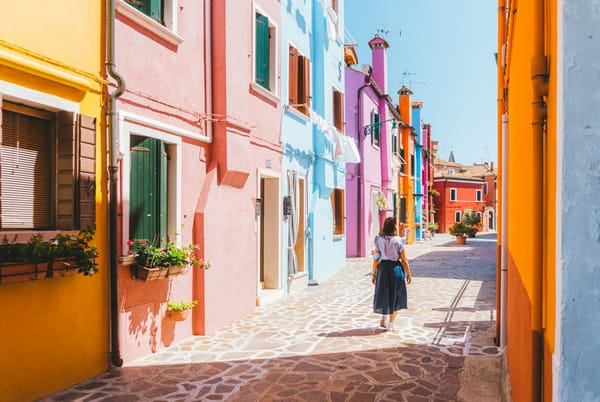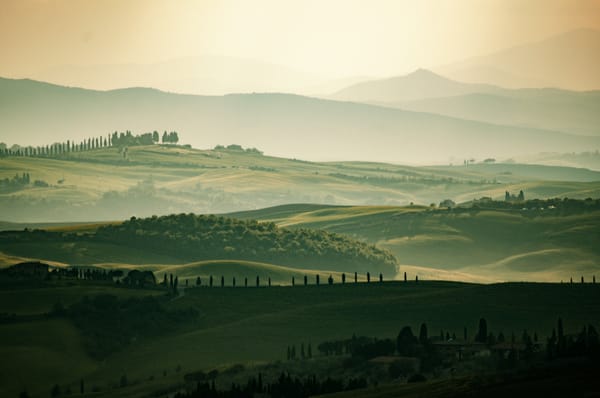For centuries, Italy has been the centerpiece of the Grand Tour, a rite of passage for those seeking to immerse themselves in the heart of Western culture. A first journey to Italy today follows in those footsteps, and no three cities better encapsulate the nation's historical depth, artistic genius, and unique romance than Rome, Florence, and Venice. This is the quintessential Italian trifecta, a pilgrimage through time from the dust of the Caesars to the dawn of the Renaissance and the impossible splendor of a city built on water.
This seven-day itinerary is designed for the culturally curious traveler. It is more than a checklist; it is a carefully structured framework to experience these iconic cities in a logical, immersive, and deeply rewarding way. It balances seeing the monumental sights with opportunities to discover the authentic pulse of Italian life—the soul that resides in a quiet piazza, a perfectly crafted espresso, or a sunset over ancient rooftops. This is a plan for seeing the icons, but also for beginning to understand them.

Why this trio? A symphony of Italian identity
Choosing Rome, Florence, and Venice for a first visit is a decision rooted in history and impact. Each city represents a distinct and powerful chapter of the Italian story.
- Rome: the eternal city (Roma) is a living museum. It is the monumental stage of an empire that shaped the world, a city of emperors, gladiators, and popes. Its scale is epic, its history palpable on every corner. To walk through Rome is to walk through layers of civilization.
- Discover more with our The ultimate guide to Rome: what to see, do and know
- Florence: the cradle of the renaissance (Firenze) is where the modern Western world found its artistic and intellectual voice. It is a city built on a human scale, filled with an unparalleled concentration of art. Under the patronage of the Medici, geniuses like Michelangelo, Leonardo da Vinci, and Brunelleschi changed the course of art and thought forever.
- Discover more with our The ultimate guide to Florence: what to see, do and know
- Venice: the Serene Republic (Venezia) is an engineering marvel and a testament to human ambition. A city without roads, built on a lagoon, it is a singular experience. For over a thousand years, it was a formidable maritime power, a bridge between East and West whose wealth and influence are etched into its stunning palaces and basilicas.
- Discover more with our The ultimate guide to Venice: what to see, do and know
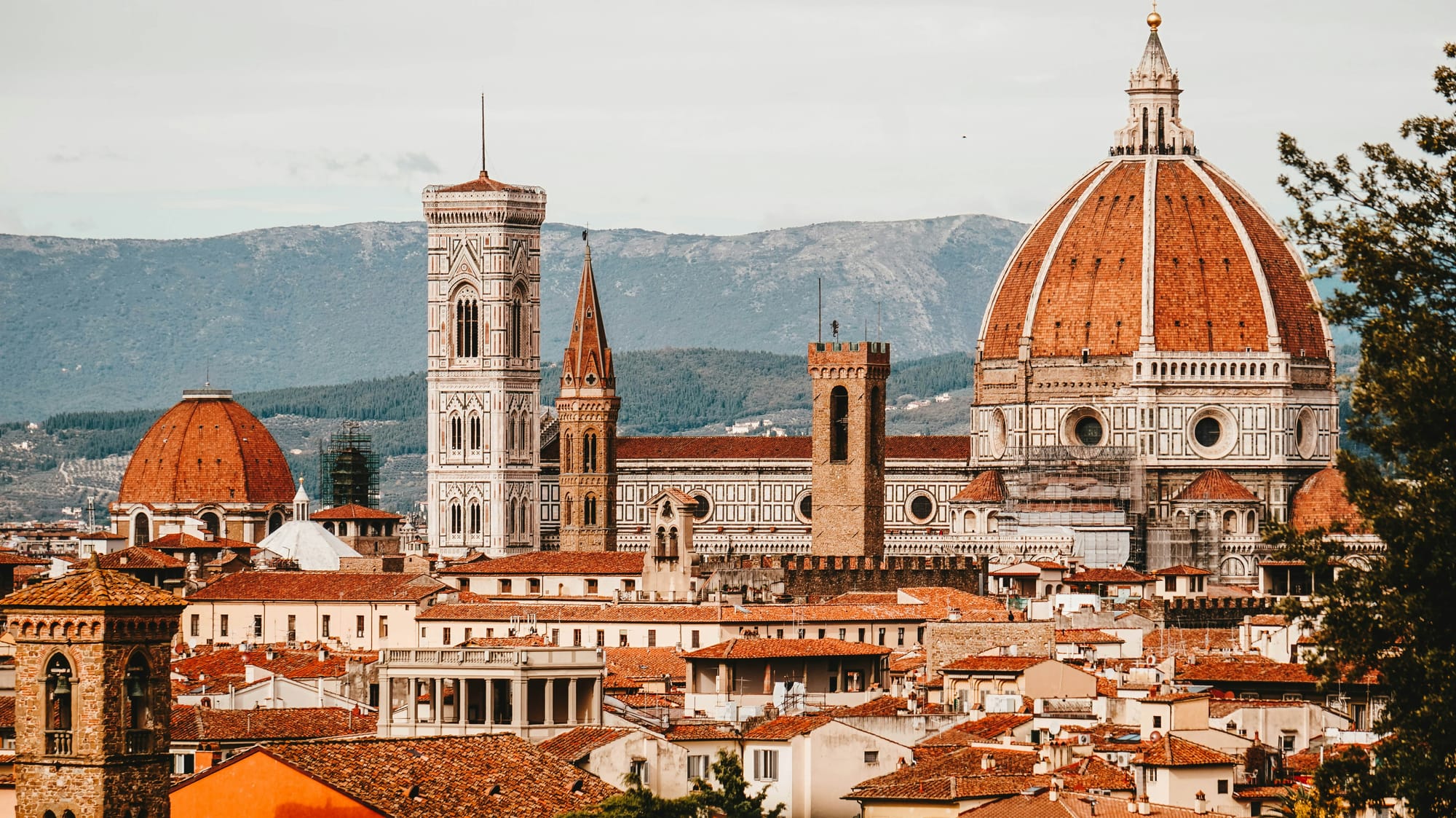
Essential pre-trip planning for Italy
The key to a successful, stress-free independent trip to Italy lies in meticulous planning. The cultural traveler knows that time is the most valuable commodity, and smart logistics are what protect it.
When to go
The ideal times to visit are during the shoulder seasons: April-May and September-October. The weather is pleasant, the summer crowds have thinned, and the light is beautiful for photography. The off-season (November-March) offers fewer crowds and lower prices but with colder, wetter weather. The peak summer months (June-August) are intensely hot and crowded, which can detract from the experience.
- You can learn more by reading this guide, which will provide you with further information.
Getting between cities: Italy's high-speed rail
Italy's high-speed train network is the most efficient and civilized way to travel between these cities. Two primary operators, Trenitalia (with its flagship Frecciarossa trains) and Italo, offer clean, fast, and comfortable service from city center to city center.
- Rome (Termini) to Florence (Santa Maria Novella): Approx. 1 hour 40 minutes.
- Florence (Santa Maria Novella) to Venice (Santa Lucia): Approx. 2 hours 15 minutes.
Booking train tickets at least one month in advance is highly recommended. Prices operate on a dynamic system, much like airlines, and early bookings can secure fares at a fraction of the last-minute cost.
Booking accommodations in Italy's main cities
For an itinerary this packed, location is paramount. Choosing a hotel or apartment in the historic center of each city will maximize time for exploration and minimize time spent in transit. In Rome, consider the areas around the Pantheon or Campo de' Fiori. In Florence, anywhere within a 15-minute walk of the Duomo is ideal. In Venice, staying in the sestieri of San Marco or San Polo offers central access, while Dorsoduro provides a slightly quieter, more artistic atmosphere.
The golden rule: book major attractions in advance
This cannot be overstated. For a first-time visitor, some sites are non-negotiable, and they are for millions of others as well. Waiting in ticket lines for hours is an unnecessary and frustrating waste of time. Booking timed-entry tickets online, often weeks or even months in advance, is essential.
- Rome: Colosseum/Roman Forum/Palatine Hill (combined ticket), Vatican Museums (including the Sistine Chapel).
- Florence: Uffizi Gallery, Accademia Gallery (to see Michelangelo's David), and the "Brunelleschi Pass" for the Duomo complex (which includes the dome climb).
- Venice: Doge's Palace (Palazzo Ducale), especially the "Secret Itineraries" tour.
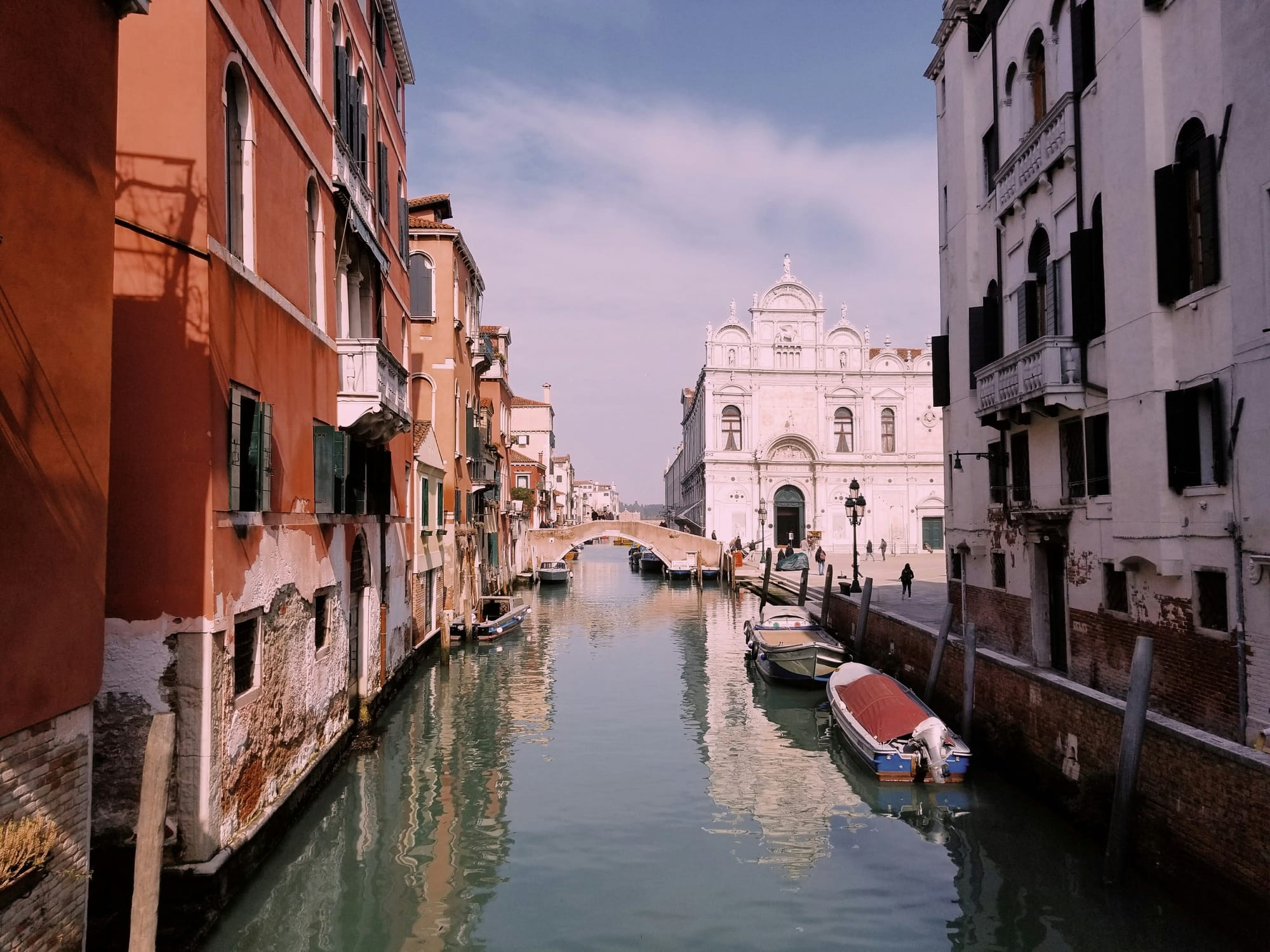
The complete 7-day Rome, Florence & Venice itinerary
This itinerary is structured to be ambitious yet manageable, with a logical flow. It assumes arrival in Rome and departure from Venice, an "open-jaw" flight plan that prevents backtracking and saves a full day of travel.
Day 1: Arrival in Rome & the eternal city's embrace
Morning/Afternoon: Arrive at Rome's Fiumicino Airport (FCO). Take the Leonardo Express train directly to Roma Termini station. Check into the accommodation, drop off luggage, and take a moment to acclimate.
Evening: The first evening is for soaking in the atmosphere. Embark on a gentle introductory walk. A classic route begins at the Pantheon, the magnificent temple to all gods, best appreciated as dusk falls. From there, wander to Piazza Navona, Bernini's baroque masterpiece, alive with fountains and artists. Conclude the evening with a classic Roman dinner in a trattoria in the surrounding streets. A simple cacio e pepe is a perfect first taste of the city's cuisine.
Day 2: The heart of the Roman empire
Morning: Dedicate the entire morning to Ancient Rome. With pre-booked timed-entry tickets, begin at the Colosseum. Standing inside this iconic amphitheater, it's impossible not to feel the weight of its history. Afterward, walk across to the Roman Forum and Palatine Hill. This was the political, social, and commercial heart of the Roman Empire. Wander the ancient stones of the Via Sacra, see the ruins of temples and senate houses, and ascend Palatine Hill for a panoramic view over the Forum and Circus Maximus. Comfortable shoes are non-negotiable.
Afternoon: After a restorative lunch, explore the Capitoline Hill, designed by Michelangelo. The Capitoline Museums, the world's oldest public museums, are a worthy stop for those with a deep interest in Roman sculpture.
Evening: Cross the Tiber River into Trastevere. This charming neighborhood, with its ivy-draped buildings and labyrinthine cobblestone streets, offers a different side of Rome. It is the perfect place to get intentionally lost and discover hidden courtyards and authentic pizzerias for dinner.
Day 3: Vatican City & Journey to Florence
Morning: Today is dedicated to the world's smallest sovereign state: Vatican City. The pre-booked ticket for the Vatican Museums is crucial. The sheer scale of the collection is overwhelming, so it’s wise to focus on key areas: the Raphael Rooms, the Gallery of Maps, and the breathtaking culmination, the Sistine Chapel. Take time to absorb Michelangelo's masterwork before moving on.
Afternoon: Exit the chapel directly into St. Peter's Basilica, the largest church in Christendom. The scale and artistry, from Michelangelo's dome to Bernini's Baldacchino, are awe-inspiring. Entry to the basilica itself is free, but the security line can be long. After the visit, enjoy a final Roman lunch.
Late Afternoon: Retrieve luggage and head to Roma Termini. Board a pre-booked high-speed train to Florence. The journey itself is a pleasure, watching the urban landscape melt into the rolling hills of Tuscany. Arrive at Firenze Santa Maria Novella station and check into the hotel.
Evening: The first evening in Florence should be an immersion in its beauty. Take a walk to the Ponte Vecchio, the city’s oldest bridge, lined with glittering jewelry shops. Enjoy a Florentine dinner, perhaps trying the local pappa al pomodoro or ribollita.
- Learn more about Rome with the help of our dedicated guides.
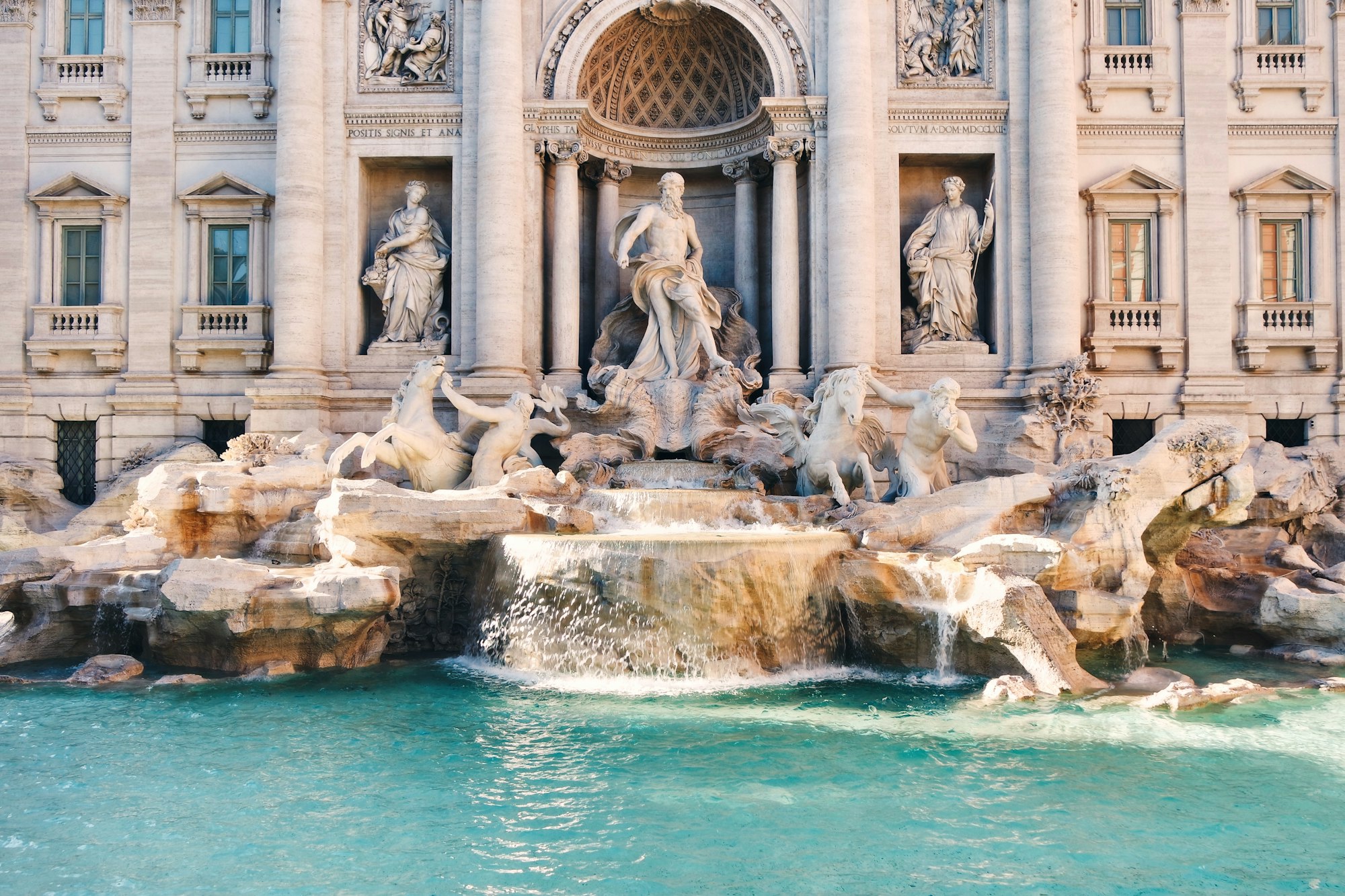
Day 4: The Florentine Renaissance
Morning: Begin at the heart of Florence, Piazza del Duomo. The sheer sight of the Cathedral of Santa Maria del Fiore, with Giotto's Bell Tower and Brunelleschi's magnificent Dome, is unforgettable. The pre-booked "Brunelleschi Pass" allows for a climb to the top of the dome—a strenuous but rewarding experience with unparalleled views of the city. Also included is access to the Baptistery and the Museo dell'Opera del Duomo, which houses many of the original artworks created for the cathedral.
Afternoon: Wander from the Duomo to Piazza della Signoria, the city's political center. This open-air sculpture gallery, with the Palazzo Vecchio as its backdrop, is a feast for the eyes. Nearby is the Uffizi Gallery (pre-booked ticket essential). Dedicate several hours to this world-class museum, home to masterpieces by Botticelli, Leonardo da Vinci, and Caravaggio.
Evening: For a memorable sunset, cross the Arno River and make the climb to Piazzale Michelangelo. The panoramic view of Florence, with the Duomo and Ponte Vecchio bathed in golden light, is one of Italy’s most iconic vistas. Afterward, explore the artisan-rich Oltrarno neighborhood for dinner.
Day 5: Michelangelo's David & journey to Venice
Morning: The primary goal this morning is to see one of the world's most famous sculptures: Michelangelo's David at the Galleria dell'Accademia (pre-booked ticket required). The statue's perfection and power must be seen in person to be understood. Afterward, consider a visit to the Medici Chapels to see more of Michelangelo's work in a different context.
Afternoon: Spend the remaining time in Florence exploring the Mercato Centrale, a vibrant hub for food lovers, or visiting the Basilica of Santa Croce, the burial place of many of Italy's greats, including Michelangelo and Galileo. Enjoy a final Tuscan lunch.
Late Afternoon: Return to Firenze Santa Maria Novella station and board the high-speed train to Venice. The arrival is one of the most magical travel experiences in the world: stepping out of the Venezia Santa Lucia station directly onto the banks of the Grand Canal.
Evening: Purchase a multi-day vaporetto (water bus) pass, which will be the primary mode of transport. Take a vaporetto ride down the Grand Canal as the sun sets, a perfect introduction to the city's splendor. Check into the hotel and find a nearby bacaro (wine bar) for cicchetti (Venetian tapas) and a glass of prosecco for a light, authentic dinner.
- Learn more about Florence with the help of our city guides.
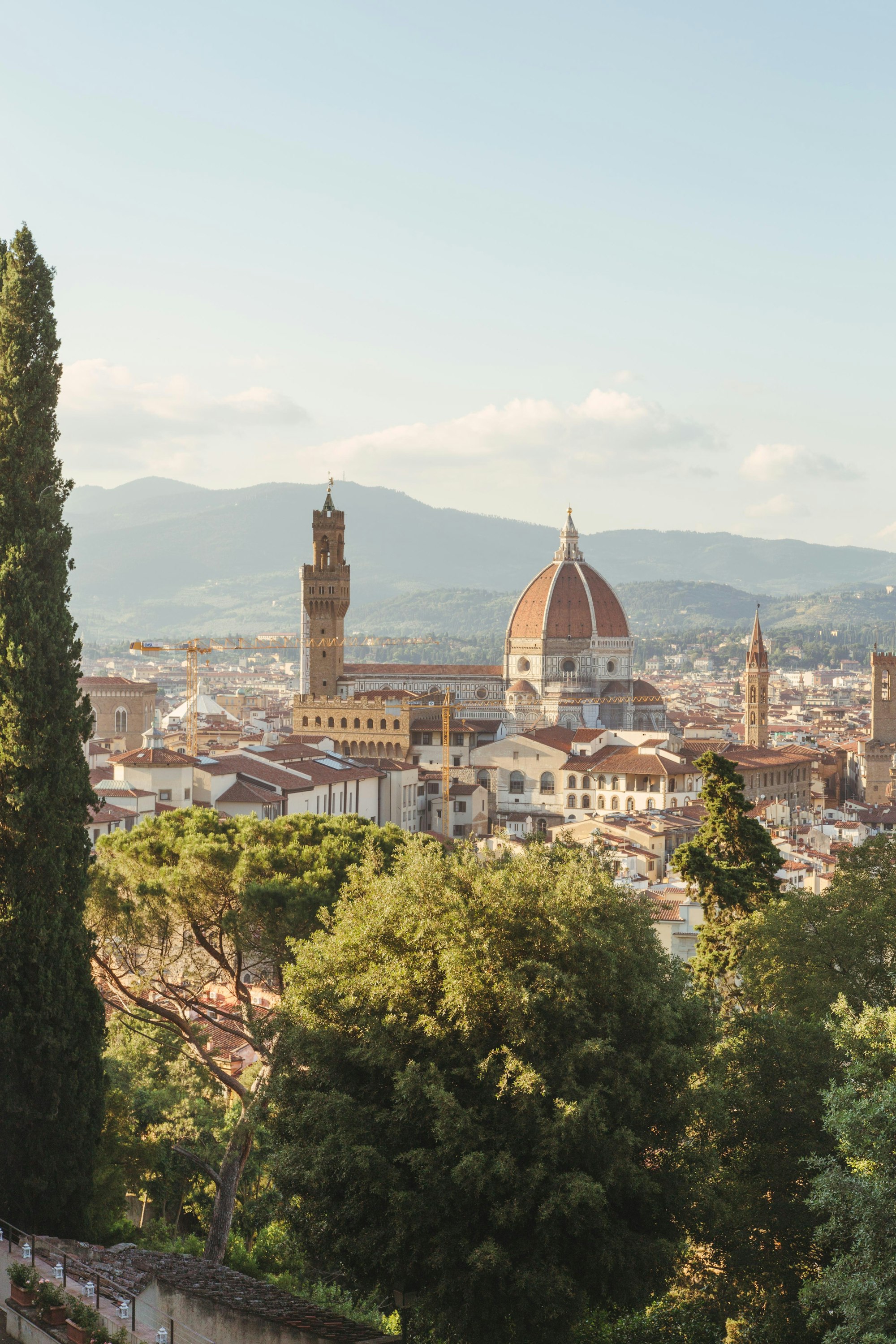
Day 6: The power and glory of the Venetian Republic
Morning: Head straight to Piazza San Marco (St. Mark's Square), what Napoleon called "the drawing room of Europe." Admire the intricate facade of St. Mark's Basilica, with its stunning Byzantine mosaics. Then, use pre-booked tickets to enter the Doge's Palace (Palazzo Ducale). This was the seat of Venetian government for centuries. The tour provides a fascinating look into the republic's power, ending with a walk across the famous Bridge of Sighs.
Afternoon: After lunch, climb the Campanile di San Marco (the bell tower) via the elevator for a bird's-eye view of the city and its lagoon. Afterwards, embrace the quintessential Venetian experience: getting lost. Wander away from St. Mark's Square into the maze of alleyways and canals. Cross the iconic Rialto Bridge and explore the bustling Rialto Market area (best visited in the morning for peak activity, but still fascinating in the afternoon).
Evening: Consider attending a classical music performance in one of Venice's historic churches or enjoying an elegant dinner with canal views.
Day 7: Island whispers and departure
Morning: The final day offers a choice. One option is to take a vaporetto to the islands of the Venetian Lagoon. Murano is famous for its glass-blowing workshops, while Burano is a photographer's dream with its brightly colored fishermen's houses. Alternatively, for a more tranquil experience, explore a less-visited Venetian sestiere like Cannaregio (home to the historic Jewish Ghetto) or the artsy Dorsoduro, home to the Peggy Guggenheim Collection.
Afternoon: Enjoy a final Venetian meal. Depending on the flight schedule, make your way to Venice Marco Polo Airport (VCE). The Alilaguna water bus provides a scenic and direct connection from various points in the city to the airport.
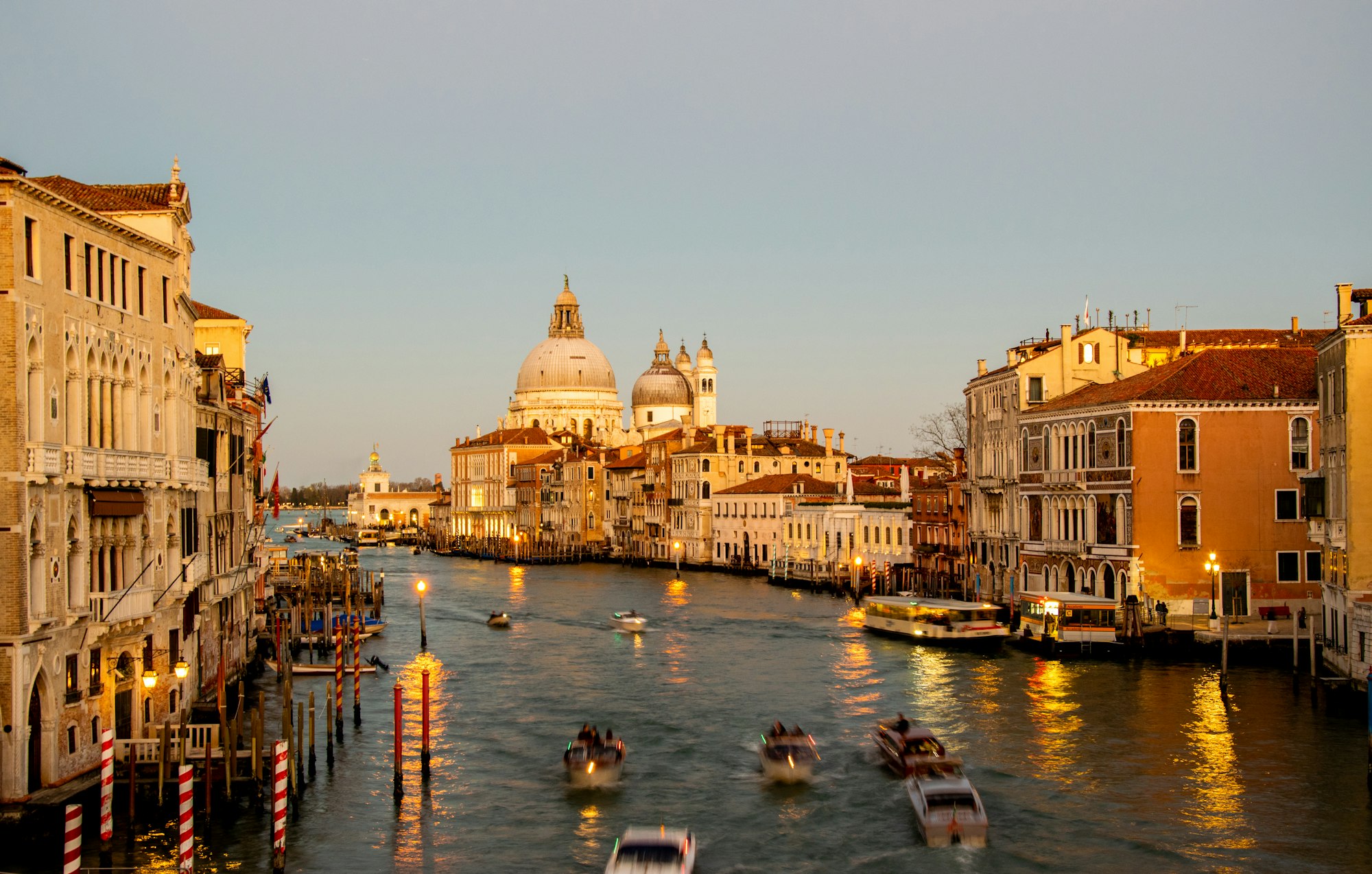
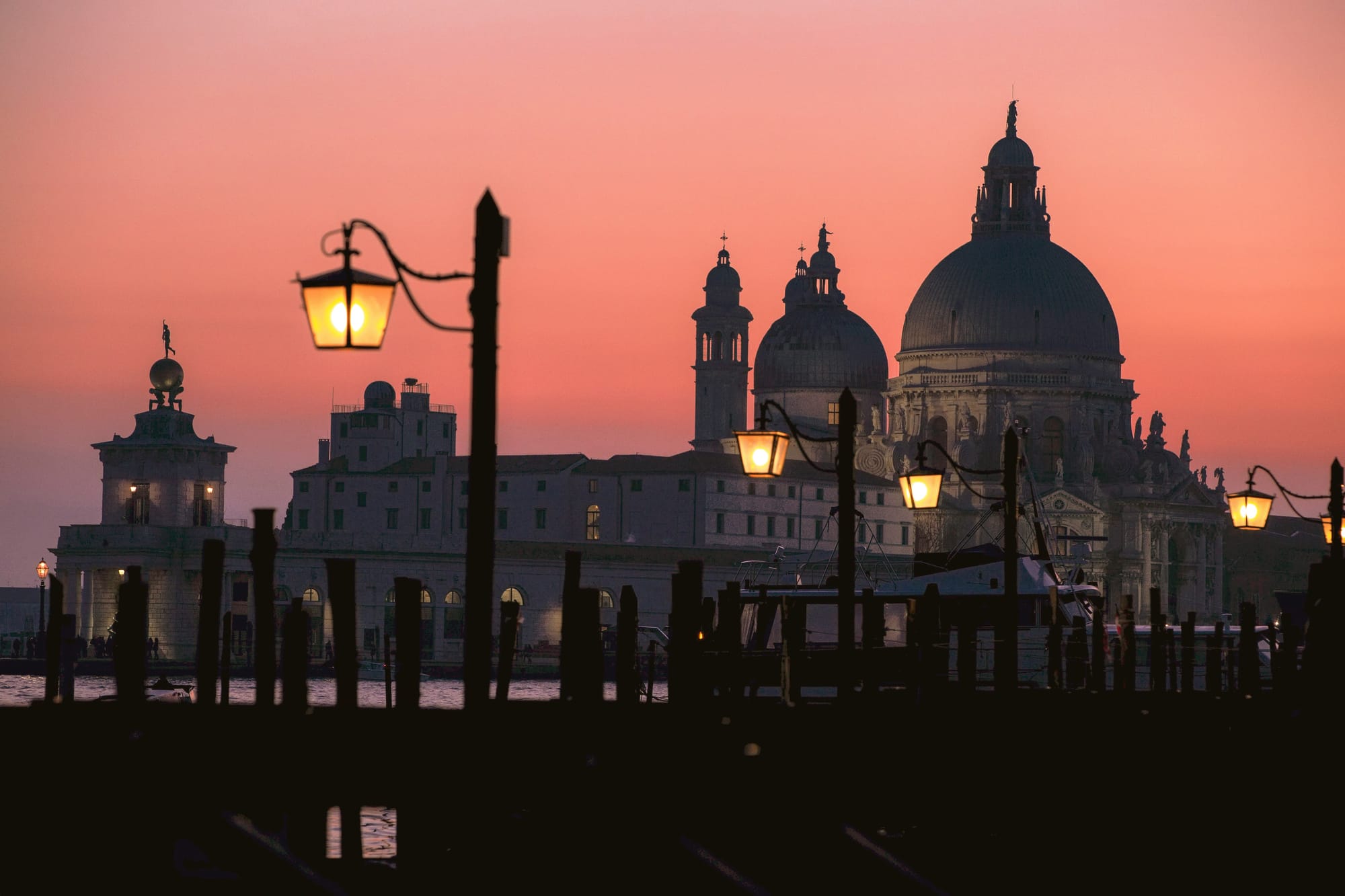
This seven-day journey through Rome, Florence, and Venice is an intense, exhilarating, and deeply educational experience. It covers the monumental icons that have defined Italy for centuries.
Yet, it is only a beginning. Seven days could be a good introduction to the Bel Paese, but to get a good impression of Italy, we strongly recommend planning for at least 14 days. You can find longer itineraries here.
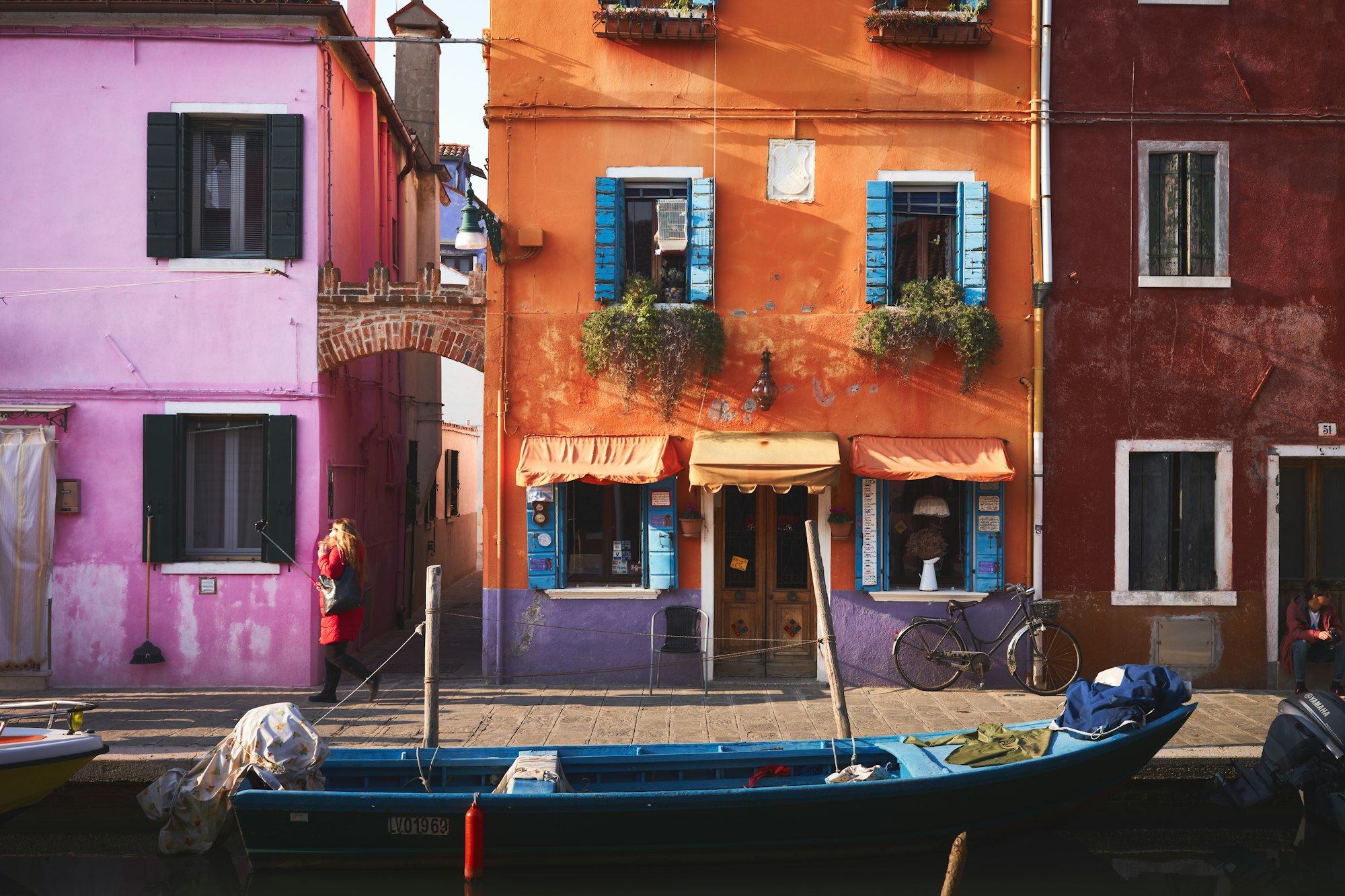
This itinerary is designed to show the grand sweep of Italian history and art, but its true success is measured in the quiet moments of discovery—the unexpected alley, the perfect plate of pasta, the shared smile with a local. It is a journey to see the icons, and in doing so, to find the true, indelible soul of Italy.








